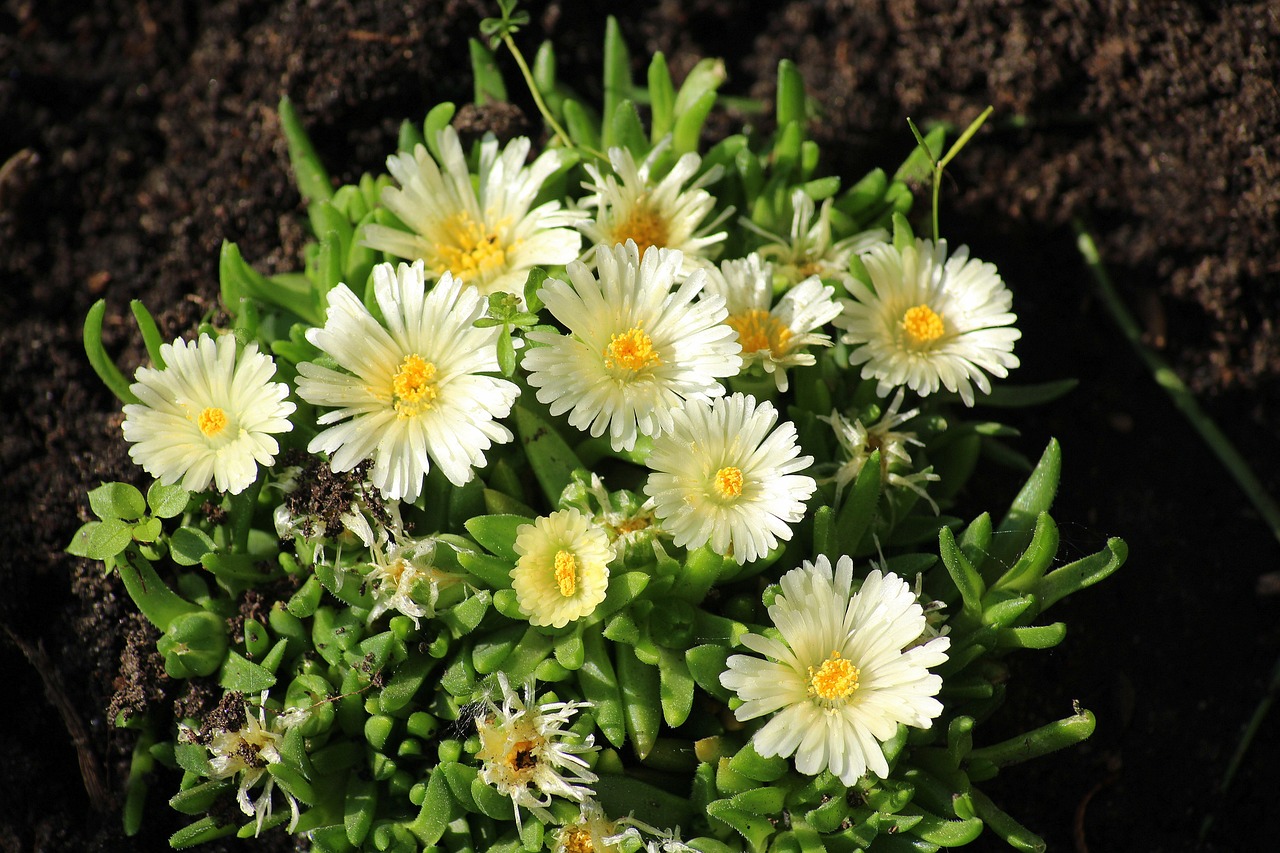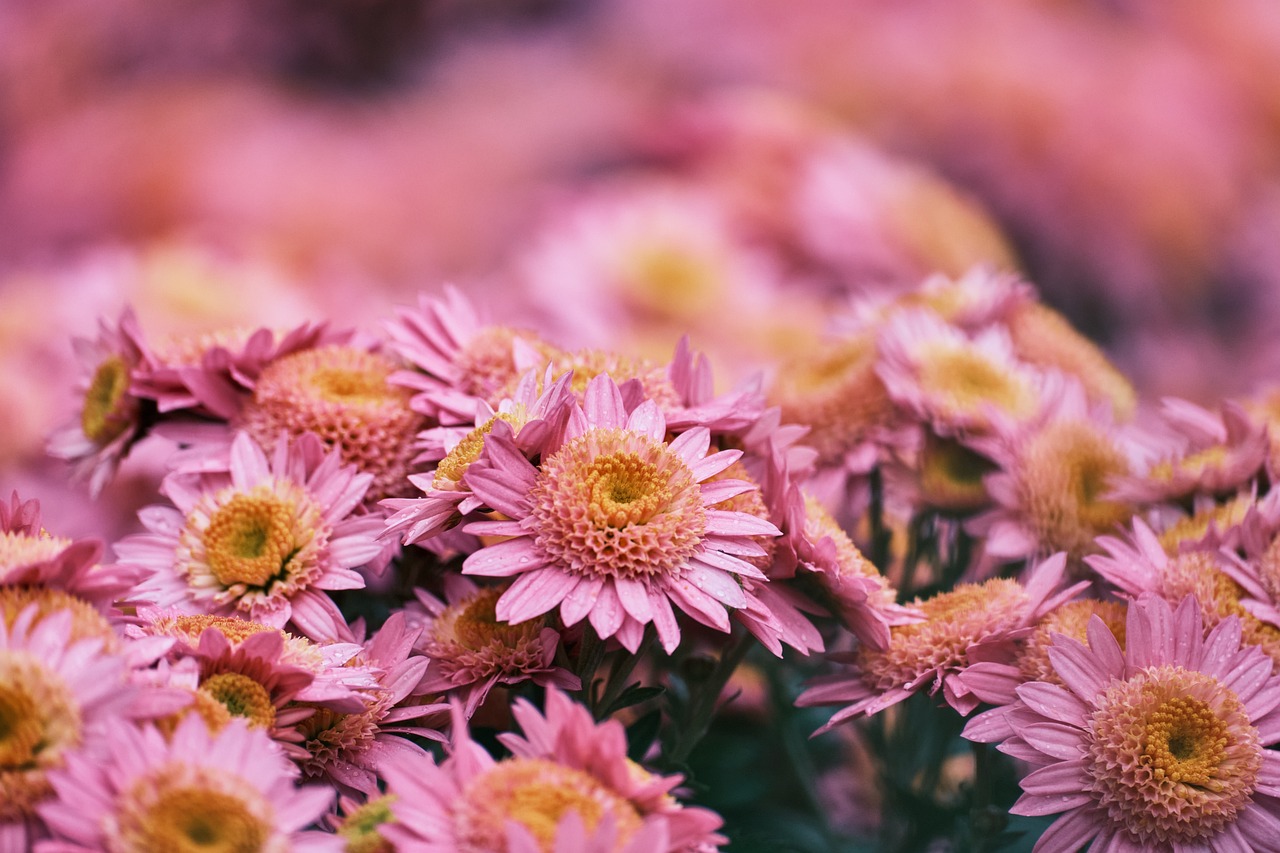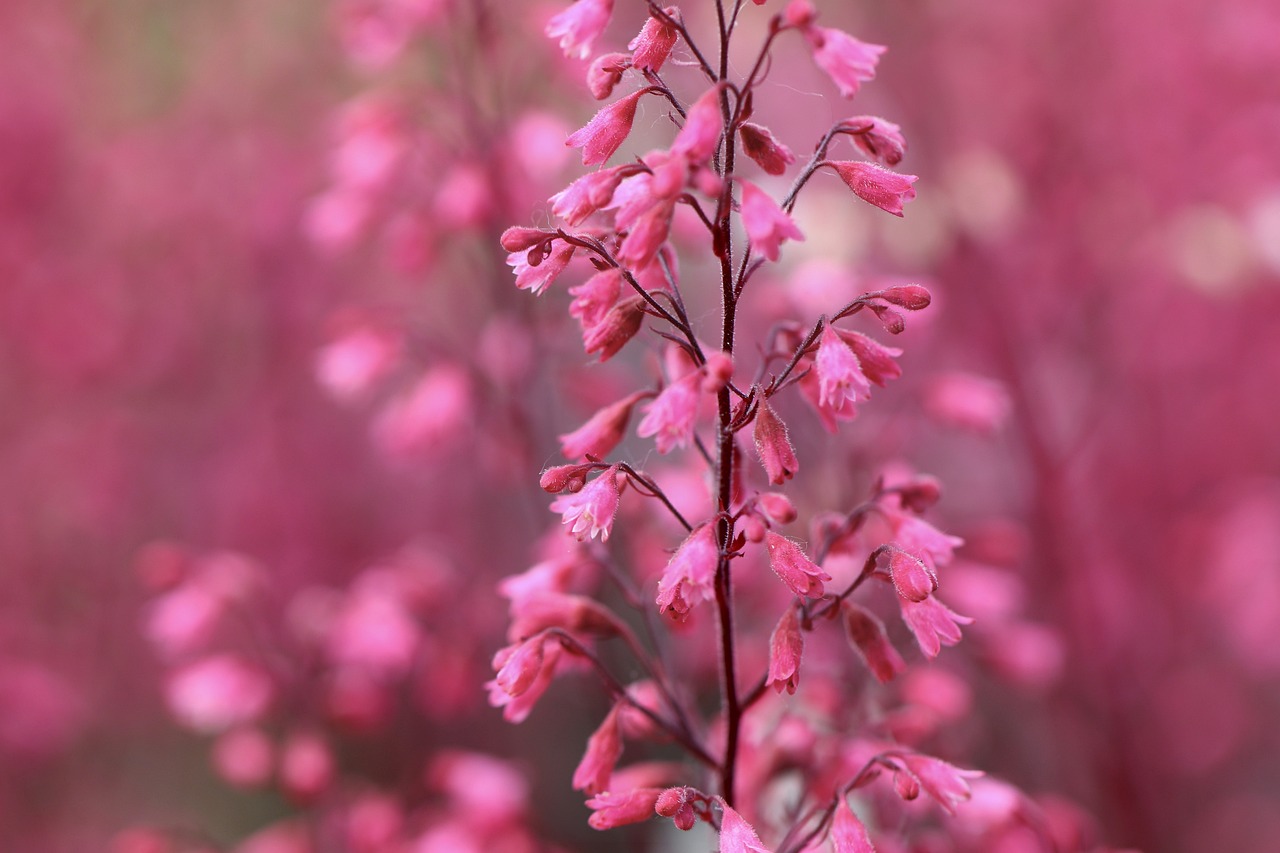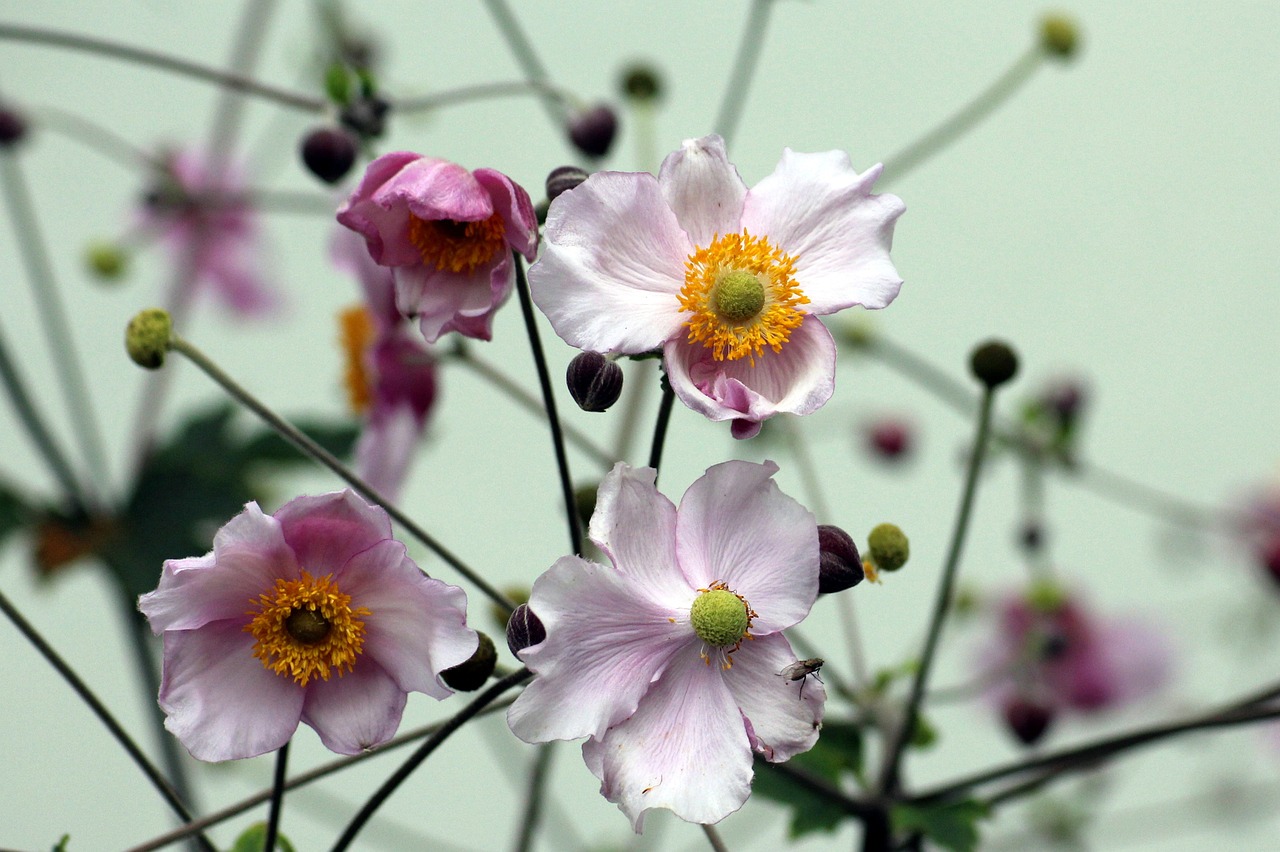
As summer fades into the crisp embrace of autumn, gardens across the country undergo a transformation. The bright, vibrant colors of summer give way to the rich, warm hues of fall.
For gardeners, this season offers a unique opportunity to create a stunning display with fall border plants that add texture, color, and interest to the landscape. If you’re looking to craft a beautiful autumn garden, incorporating the right fall border plants is key. But which plants should you choose? And how can you ensure your garden looks its best during this golden season?
In this article, we’ll explore a selection of fall border plants that can help you create a gorgeous autumn garden. From late-blooming perennials to hardy shrubs, we’ll cover a variety of options that thrive in cooler temperatures and bring your garden to life with their vivid colors and interesting forms. Whether you’re a seasoned gardener or just starting, these plants will ensure your garden remains a beautiful sanctuary well into the fall.
Why Choose Fall Border Plants?
Extending the Garden Season
One of the main reasons to focus on fall border plants is their ability to extend the beauty of your garden. While many plants start to fade as summer ends, fall border plants are just getting started. These plants thrive in cooler temperatures and often bloom later in the season, providing a fresh burst of color just when your garden needs it most.
Adding Seasonal Interest
Autumn is known for its rich, warm color palette, and fall border plants are the perfect way to bring these hues into your garden. From deep reds and oranges to golden yellows and purples, these plants can create a stunning display that reflects the beauty of the season. Additionally, many fall plants offer interesting textures and shapes, adding depth and dimension to your garden design.
Supporting Local Wildlife
Many fall border plants also play a crucial role in supporting local wildlife. As temperatures drop, these plants can provide food and shelter for pollinators like bees and butterflies, as well as other creatures that rely on your garden for survival. By choosing the right fall border plants, you can create a garden that is not only beautiful but also beneficial to the environment.
Top Fall Border Plants for a Beautiful Autumn Garden
1. Asters: The Star of the Autumn Garden

Asters are a classic choice for fall gardens, and for a good reason. These perennials bloom in late summer and continue to flower well into the fall, offering a burst of color when many other plants have faded.
- Varieties: There are several varieties of asters to choose from, including New England asters, New York asters, and alpine asters. Each offers a slightly different color and size, allowing you to choose the best fit for your garden.
- Colors: Asters come in various shades, including purple, pink, blue, and white, making them versatile for any color scheme.
- Care Tips: Asters prefer full sun and well-drained soil. Deadheading spent blooms can encourage more flowers and extend the blooming period.
2. Sedum: A Versatile and Hardy Choice

Sedum, also known as stonecrop, is a resilient plant that thrives in various conditions. It’s an excellent choice for fall borders, thanks to its late-blooming flowers and attractive foliage.
- Varieties: Sedum comes in both upright and ground-cover varieties. Autumn Joy is one of the most popular upright varieties, with large clusters of pink flowers that deepen to a rich red as the season progresses.
- Colors: Sedum’s foliage ranges from green to blue-gray, with flowers in shades of pink, red, or white.
- Care Tips: Sedum is drought-tolerant and prefers full sun, though it can tolerate some shade. It requires little maintenance, making it an excellent choice for beginner gardeners.
3. Ornamental Grasses: Adding Texture and Movement
Ornamental grasses are a fantastic addition to any fall border, offering texture, movement, and color. These grasses come into their own in the fall, with many varieties turning shades of gold, bronze, or burgundy.
- Varieties: Popular choices include Miscanthus, Panicum (Switchgrass), and Pennisetum (Fountain Grass). Each offers a unique texture and height, allowing you to create layers and depth in your garden.
- Colors: In the fall, many ornamental grasses take on warm, earthy tones that complement the season’s colors.
- Care Tips: Ornamental grasses are low-maintenance and drought-tolerant. They prefer full sun and well-drained soil. Most varieties require cutting back in early spring to encourage new growth.
4. Chrysanthemums: The Quintessential Fall Flower

Chrysanthemums, or “mums,” are synonymous with fall. These vibrant flowers bloom in a wide range of colors and can add a pop of color to your autumn garden.
- Varieties: Mums come in various shapes and sizes, including daisy-like blooms, pompons, and spider mums. Hardy mums are best for outdoor planting, as they can withstand cooler temperatures.
- Colors: Mums are available in nearly every color, from bright yellows and oranges to deep reds and purples.
- Care Tips: Mums prefer full sun and well-drained soil. To encourage bushier growth, pinch back the stems in late spring. Water regularly to keep the soil moist but not soggy.
5. Heuchera: The Foliage Star

Heuchera, also known as coral bells, is prized for its stunning foliage, which can add a splash of color to your fall border. While it does produce small flowers, it’s the leaves that steal the show.
- Varieties: Heuchera comes in various colors, including deep burgundy, bright green, and even variegated patterns. Some popular varieties include ‘Palace Purple,’ ‘Caramel,’ and ‘Lime Rickey.’
- Colors: The foliage of Heuchera can range from purples and reds to greens and silvers, making it a versatile choice for any garden.
- Care Tips: Heuchera prefers partial shade and well-drained soil. It’s relatively low-maintenance, but it benefits from mulching in the fall to protect its roots from freezing.
6. Japanese Anemone: Elegant and Long-Lasting

Japanese anemones are known for their delicate, daisy-like flowers that appear on tall, graceful stems. These perennials bloom from late summer into fall, providing a soft, elegant touch to your garden.
- Varieties: Popular varieties include ‘Honorine Jobert,’ with its white flowers, and ‘September Charm,’ which offers pale pink blooms.
- Colors: Japanese anemones typically bloom in shades of white, pink, or purple.
- Care Tips: Japanese anemones prefer partial shade and moist, well-drained soil. They can spread aggressively, so dividing the plants every few years is recommended.
Designing Your Fall Border
Layering for Impact
One of the keys to creating a beautiful fall border is layering your plants to create depth and interest. Start with taller plants like ornamental grasses or Japanese anemones at the back of the border. In front of these, plant mid-height options like asters or chrysanthemums. Finally, use lower-growing plants like Heuchera or ground-cover sedum at the front to create a cohesive, layered look.
Playing with Color
Autumn is all about rich, warm colors, and your fall border should reflect this. Consider combining plants with complementary colors to create a harmonious look. For example, pair the purple blooms of asters with the golden tones of ornamental grasses. Alternatively, create a more dramatic effect by contrasting colors, such as pairing deep red chrysanthemums with bright green Heuchera.
Incorporating Texture
Texture is another important element in a fall border. Combining plants with different leaf shapes and sizes can add visual interest to your garden. For example, the fine, feathery texture of ornamental grasses contrasts beautifully with the bold, broad leaves of Heuchera. Additionally, consider the texture of flowers and seed heads, which can add another layer of interest to your fall garden.
Caring for Your Fall Border
Watering and Mulching
As the weather cools, your plants will require less water than they did in the summer. However, it’s still important to keep the soil moist, especially for newly planted specimens. Mulching is also crucial in the fall, as it helps retain moisture, suppress weeds, and protect plant roots from freezing temperatures.
Deadheading and Pruning
Regularly deadheading spent flowers can encourage some fall plants to produce more blooms and keep your garden looking tidy. However, be careful with pruning in the fall; while some plants benefit from a light trim, others should be left until spring to avoid damaging the plant during winter.
Preparing for Winter
As fall progresses, it’s time to start thinking about winter. Consider adding a layer of mulch around your plants to insulate their roots from the cold. Some tender perennials and shrubs may also benefit from additional protection, such as burlap wraps or cloches.
Conclusion
Creating a beautiful autumn garden is all about choosing the right fall border plants. By selecting plants that thrive in cooler temperatures and offer vibrant colors, interesting textures, and seasonal interest, you can extend the beauty of your garden well into the fall. Whether you prefer the bold blooms of chrysanthemums, the delicate elegance of Japanese anemones, or the rich foliage of Heuchera, there’s a fall border plant to suit every garden style. So, embrace the season and start planning your fall border today—your garden will thank you with a stunning display that lasts all autumn long
